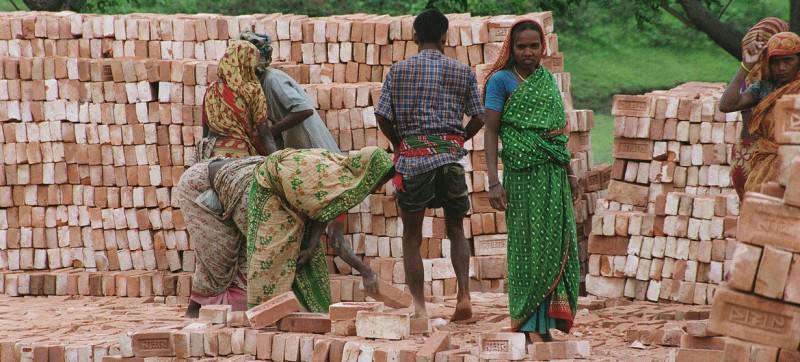Contents
Workers stack bricks at a factory near Dhaka in Bangladesh. As the COVID-19 pandemic grinds on and global labour markets continue to struggle, the latest International Labour Organization (ILO) report, published on Monday, warns that recovery will remain slow. In its flagship World Employment and Social Outlook Trends 2022 (WESO Trends), ILO has downgraded its 2022 labour market recovery forecast, projecting a continuing major deficit in the number of working hours compared to the pre-pandemic era. “Two years into this crisis, the outlook remains fragile and the path to recovery is slow and uncertain”, said ILO Director-General Guy Ryder. Change in employment by formality and status, relative to the same quarter in 2019, 2020 Q2 to 2021 Q2 (percentages). Last May’s previous full-year estimate, forecasted a deficit equivalent to 26 million full-time jobs. While this latest projection is an improvement on the 2021 situation, it remains almost two per cent below the number of pre-pandemic hours worked globally, the report pointed out. Moreover, global unemployment is expected to remain above pre-COVID levels until at least 2023. The 2022 level for those without jobs, is estimated at 207 million, compared to 186 million in 2019. “Many workers are being required to shift to new types of work – for example in response to the prolonged slump in international travel and tourism”, added the ILO chief. WESO Trends also warns that the overall impact on employment is significantly greater than represented in the raw figures, as many people have left the labour force. The participation rate of the 2022 global labour force is projected to remain 1.2 percentage points below that of 2019. The downgrade reflects the impact of COVID variants, such as Delta and Omicron, as well as the ongoing uncertainty surrounding the pandemic’s future course. “We are already seeing potentially lasting damage to labour markets, along with concerning increases in poverty and inequality”, said Mr. Ryder. The report warns of stark differences in the impact that the crisis is having across groups of workers and countries – deepening inequalities within and among nations – while weakening the economic, financial and social fabric of almost every State, regardless of development status. The damage is likely to require years to repair, with potential long-term consequences for labour forces, household incomes, and social and possibly political cohesion. While effects are being felt in labour markets globally, ILO observes a great divergence in recovery patterns, which seem to correlate with the containment of the coronavirus. Women work in a farming cooperative in Zambia. The European and the North American regions are showing the most encouraging signs of recovery, while southeast Asia, and Latin America and the Caribbean, have the most negative outlook. At the national level, labour market recovery is strongest in high-income countries, while lower middle-income economies are faring worst. And the disproportionate impact of the crisis on women’s employment is expected to last in the coming years, according to the report. At the same time, WESO Trends flags that the closing of education and training institutions “will have cascading long-term implications” for young people, particularly those without internet access. “There can be no real recovery from this pandemic without a broad-based labour market recovery. And to be sustainable, this recovery must be based on the principles of decent work – including health and safety, equity, social protection and social dialogue”, said the ILO chief. The analysis includes comprehensive labour market projections for 2022 and 2023 and assesses how labour market recovery has unfolded worldwide – reflecting different national approaches to pandemic recovery and analysing the effects on different groups of workers and economic sectors. As in previous crises, it also highlighted that for some, temporary employment had created a buffer against pandemic shocks. And while many temporary jobs were terminated or not renewed, alternative ones were created, including for workers who had lost fulltime work. On average, ILO maintains that the incidence of temporary work did not change. The publication also offers a summary of key policy recommendations aimed at creating a fully inclusive, human-centred crisis recovery at both national and international levels.Disheartening outlook

‘Potentially lasting damage’
Starkly different impacts

Regional differences
Projections




